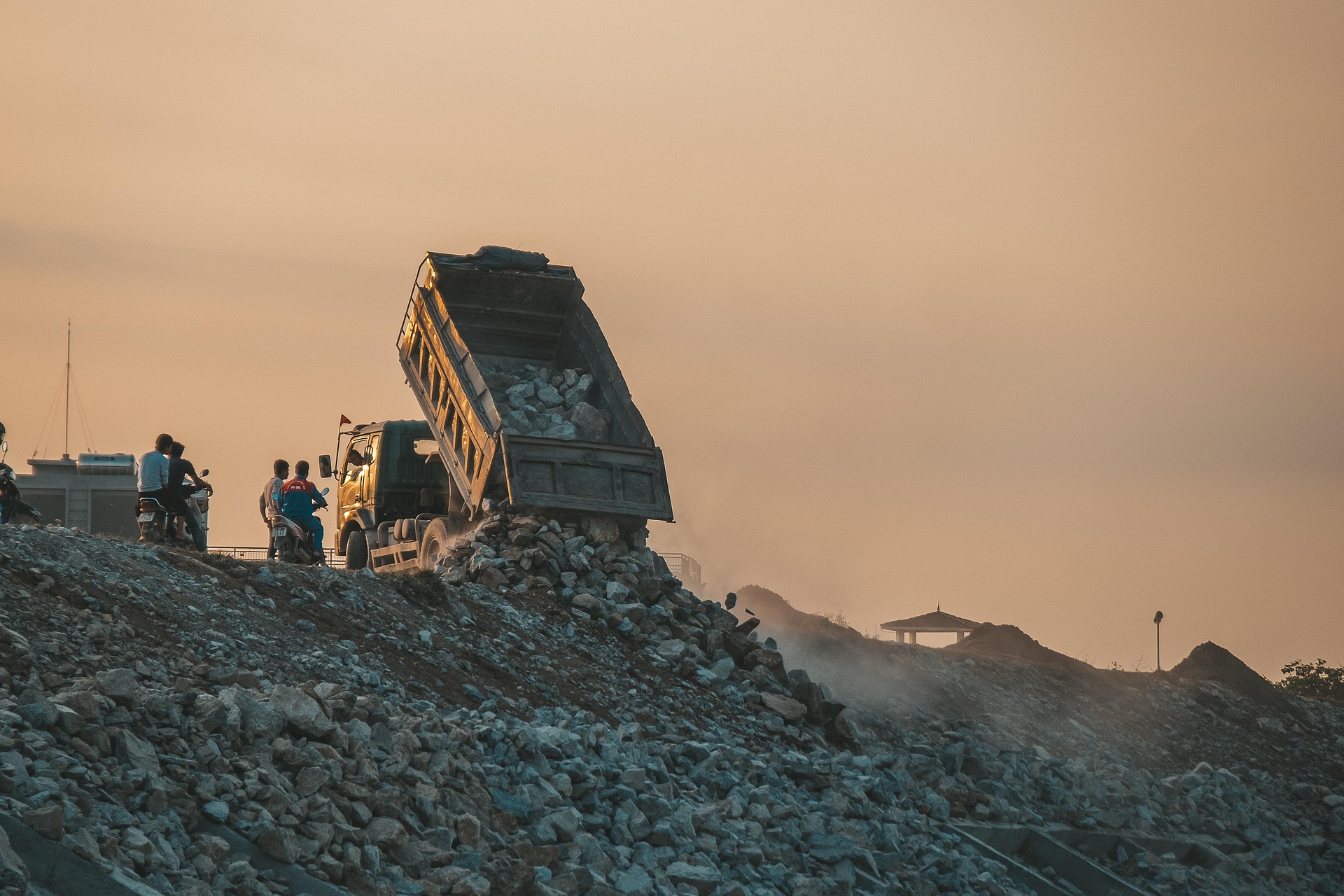Top 10 Strategies for Effective Hazardous Waste Cleanup

In an era where environmental concerns are at the forefront of global discussions, the effective management and cleanup of hazardous waste have become critical challenges. From industrial accidents to legacy contamination, hazardous waste poses significant risks to human health and ecosystems. This article explores ten cutting-edge strategies professionals and organizations can employ to ensure efficient and safe hazardous waste cleanup operations. Whether you’re an environmental engineer, a policymaker, or simply a concerned citizen, understanding these strategies is crucial for addressing one of the most pressing environmental issues of our time.
- Comprehensive Site Assessment
The foundation of any successful hazardous waste cleanup lies in a thorough site assessment. This initial step involves a detailed analysis of the contaminated area, including soil and groundwater testing, historical land use research, and identification of potential receptors. Advanced technologies such as ground-penetrating radar and drone-based imaging can provide valuable insights into the extent and nature of contamination. By employing a multi-faceted approach to site assessment, cleanup teams can develop a more accurate picture of their challenges, leading to more effective remediation strategies.
- Risk-Based Cleanup Approach
Not all hazardous waste sites pose the same level of risk to human health and the environment. Adopting a risk-based cleanup approach allows for the prioritization of resources and efforts based on the actual threat level. This strategy involves assessing exposure pathways, toxicity levels, and potential long-term impacts. By focusing on high-risk areas first, cleanup operations can maximize their effectiveness while ensuring the most critical hazards are addressed promptly. This approach also helps set realistic cleanup goals that are protective of human health and the environment without overburdening resources.
- In-Situ Remediation Techniques
In-situ remediation techniques have revolutionized hazardous waste cleanup by allowing the treatment of contaminated soil and groundwater without extensive excavation or pumping. Methods such as chemical oxidation, bioremediation, and thermal treatment can be applied directly to the contaminated area, reducing costs and minimizing disturbance to the surrounding environment. For instance, phytoremediation—using plants to extract contaminants from soil—offers a sustainable and aesthetically pleasing solution for certain types of hazardous waste. The selection of the most appropriate in-situ technique depends on factors such as contaminant type, soil characteristics, and cleanup time frame.
- Advanced Containment Systems
When immediate removal or treatment of hazardous waste is not feasible, advanced containment systems play a crucial role in preventing the spread of contaminants. Modern containment strategies go beyond simple barriers, incorporating reactive materials that can neutralize or immobilize hazardous substances. Geosynthetic clay liners, permeable reactive barriers, and engineered caps are examples of innovative containment solutions. These systems not only isolate the waste but also provide long-term protection against leaching and vapor intrusion, ensuring the safety of surrounding communities and ecosystems.
- Real-Time Monitoring and Adaptive Management
The dynamic nature of hazardous waste sites demands a flexible approach to cleanup. Implementing real-time monitoring systems allows for continuous assessment of contaminant levels, groundwater flow, and treatment effectiveness. This data-driven strategy enables cleanup teams to make informed decisions and adjust their approaches as conditions change. Adaptive management principles, combined with advanced monitoring technologies, ensure that cleanup efforts remain effective and efficient throughout the project lifecycle. This approach is particularly valuable in complex sites where multiple contaminants or changing environmental conditions are present.
- Community Engagement and Transparency
Effective hazardous waste cleanup extends beyond technical solutions; it requires the trust and cooperation of affected communities. Developing a robust community engagement strategy is essential for successful remediation projects. This involves regular communication about cleanup progress, potential risks, and long-term plans. Public meetings, educational workshops, and easily accessible information resources help build transparency and foster community support. Engaging local stakeholders in the decision-making process not only improves the overall effectiveness of cleanup efforts but also ensures that the community’s concerns and priorities are addressed.
- Innovative Waste Treatment Technologies
The field of hazardous waste treatment is continually evolving, with new technologies offering more efficient and environmentally friendly solutions. Advanced oxidation processes, electrochemical treatment, and nanotechnology-based remediation are among the cutting-edge approaches being applied to hazardous waste cleanup. These innovative technologies can often treat a wider range of contaminants more effectively than traditional methods. For example, supercritical water oxidation has shown promise in treating complex organic waste streams that are difficult to manage with conventional techniques. Staying abreast of these technological advancements and incorporating them into cleanup strategies can significantly enhance the efficiency and effectiveness of remediation efforts.
- Sustainable Remediation Practices
Incorporating sustainability principles into hazardous waste cleanup is increasingly important. Sustainable remediation seeks to minimize the environmental footprint of cleanup activities while maximizing social and economic benefits. This approach considers factors such as energy use, carbon emissions, and resource consumption throughout the remediation process. Strategies may include using renewable energy sources for treatment systems, implementing green and sustainable remediation (GSR) best practices, and exploring beneficial reuse options for treated materials. By adopting sustainable remediation practices, cleanup projects can achieve their environmental goals while contributing to broader sustainability objectives.
- Integrated Data Management Systems
The complexity of hazardous waste cleanup projects generates vast amounts of data from various sources. Implementing an integrated data management system is crucial for organizing, analyzing, and leveraging this information effectively. Advanced software platforms can combine data from field measurements, laboratory analyses, and historical records to create comprehensive site models. These systems enable better decision-making, improve project tracking, and facilitate regulatory compliance. Moreover, machine learning algorithms can be applied to large datasets to identify patterns and optimize cleanup strategies, potentially reducing costs and improving outcomes.
- Long-Term Stewardship and Monitoring
The responsibility for hazardous waste sites doesn’t end with the initial cleanup. Implementing a robust long-term stewardship program is essential for ensuring the continued effectiveness of remediation efforts and protecting human health and the environment. This strategy involves ongoing monitoring, maintenance of containment systems, and periodic reviews of site conditions. Long-term stewardship plans should be flexible enough to adapt to changing environmental conditions, regulatory requirements, and technological advancements. By maintaining vigilance over cleaned-up sites, potential future risks can be identified and addressed promptly, preventing the recurrence of contamination issues.
In conclusion, effective hazardous waste cleanup requires a multifaceted approach that combines technical expertise, innovative technologies, and thoughtful engagement with stakeholders. By implementing these top 10 strategies, organizations and professionals can enhance the efficiency, safety, and long-term success of their cleanup efforts. As environmental challenges continue to evolve, staying informed about the latest advancements in hazardous waste management will be crucial for protecting our communities and preserving the natural world for future generations.
For cheap dumpster rental, easy junk removal services, junk removal Melbourne Florida, junk removal Palm Bay Florida, and junk removal Viera East Florida, Demolition service Rockledge, hazardous materials cleanup, unattended death cleanup in Florida, or concrete demolition service, visit us for expert solutions prioritizing safety and efficiency.
Read more about: Junk Removal Costs Explained: What You Should Know
